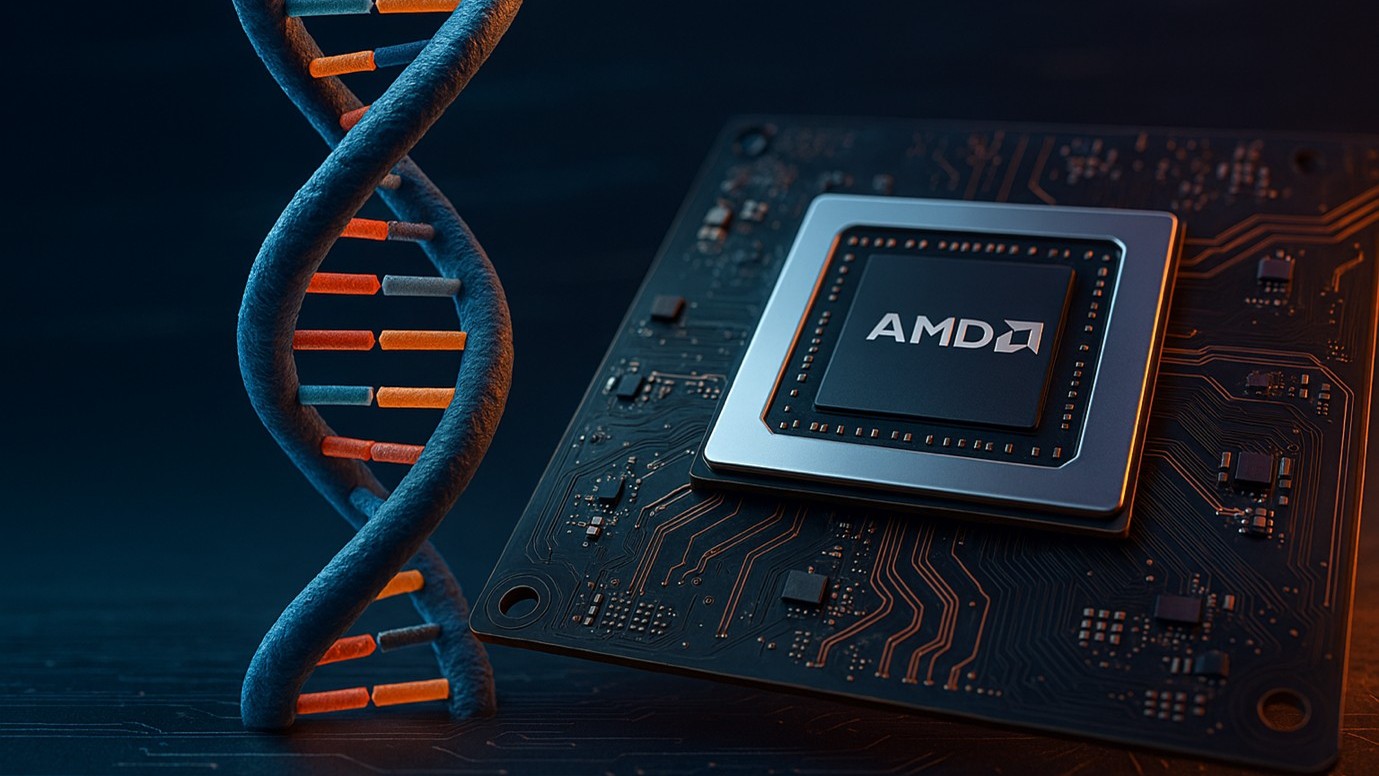Scaling AMD’s Network for AI and Business Growth
Nov 14, 2025

In today’s fast-evolving digital era, our network landscape is remarkably diverse—connecting global sites, users, and partners across a dynamic ecosystem. As AMD experiences rapid business growth to meet AI infrastructure needs, the demands for our network have reached unprecedented levels. To keep pace with this expansion and maintain seamless operations, scaling and modernization of our global network infrastructure is not just beneficial; it’s essential. As the network plays a critical role in the day-to-day operations of the company, it’s imperative to keep it fully functional and performant while we modernize and scale it.
AMD’s global network landscape encompasses a wide range of locations, employees, users, and partners across an expansive infrastructure. It supports millions of compute cores, hundreds of petabytes of storage, spans across on-premise data centers, labs, and public cloud environments, and securely integrates with our business partners and offshore facilities. Designed for scale and agility, the network is continuously optimized through Autonomous Operations built on the principles of pervasive observability, data-lake-based analytics, and automated actions.

Key Pillars of Networking Strategy
1. Scalable Network Access
AMD IT is committed to delivering a seamless, high-performance wireless experience for users across its global sites. Through a “Wi-Fi First” strategy, the company is shifting away from traditional wired infrastructure to embrace fast, secure, and reliable wireless connectivity for all users and all purposes. These efforts reflect AMD IT’s focus on creating a flexible, mobile, and modern workplace that gives our employees freedom of connectivity, while supporting productivity without compromise.
2. Application Access & Backbone Intelligence
To meet the growing demands of machine-to-machine communication and ensure optimal user experience, AMD IT is rethinking its backbone architecture. The company is developing a dedicated high-performance network to isolate machine traffic from user traffic, allowing each to be scaled and optimized independently. This intelligent backbone approach accelerates access to business applications for all employees, while at the same time speeding up the engineering workloads by reducing the duration of the building, deploying, and testing jobs across our global distributed infrastructure.
3. Autonomous Operations using AI
AMD IT’s network operations are powered by a multi-layered AI and data strategy:
- Functional Insights: Dashboards and Analytics built from network data help teams make quick and informed decisions – e.g., capacity monitoring and refresh planning.
- Cross-Functional Insights: By correlating data across system domains from different vendors, we uncover deeper patterns and enable innovative site management, resolving dependencies, reliable change management, and network optimizations.
- Autonomous Operations: Use advanced analytics to detect bottlenecks, predict issues, and automate fixes, leading to continuously enhancing our self-healing capabilities and self-service user experience.
Addressing unique AMD Challenges
As a high-tech company experiencing rapid growth with increasing AI adoptions, AMD IT faces unique challenges in scaling its network to meet rising demands from GPU-intensive workloads, massive data flows, along with heterogeneous hosting environments driven by mergers and acquisitions. AMD IT is implementing a storage-first modular data center network design across on-premise and colocation facilities. This approach enables seamless scaling, allows segmentation across M&A activities, improves resilience, and ensures modernization can happen without disrupting operations. While some challenges are common across industries, others are distinctly shaped by AMD’s fast-paced, innovative-driven environment.
Results
- Achieved 2x to 10x wireless capacity improvements and roadmap to achieve 100x.
- 25x increase in data center switching capacity between compute & storage
- 4x increase in WAN access capacity to key data center facilities and path to achieve 10x.
- Speed up application access pervasively by optimizing data flow by over 70%
- Reduced coverage and congestion-related tickets for wireless and WAN access to near zero.
- Real-time monitoring and historical analytics of circuit utilizations to plan capacity refresh
Closing thoughts
In today’s AI-driven landscape, the network is the backbone of business continuity, and it must never fail. As AI infrastructure, applications, and use cases scale, the pressure on networks increases. Upgrading this all-critical enterprise network is like “changing the wheels of a racing car while the race is ongoing”—it must always stay on, faster, and future-ready. By embracing modular architecture, prioritizing user experience, and implementing AI Ops principles, businesses can evolve seamlessly while keeping pace with innovation without missing a beat.









